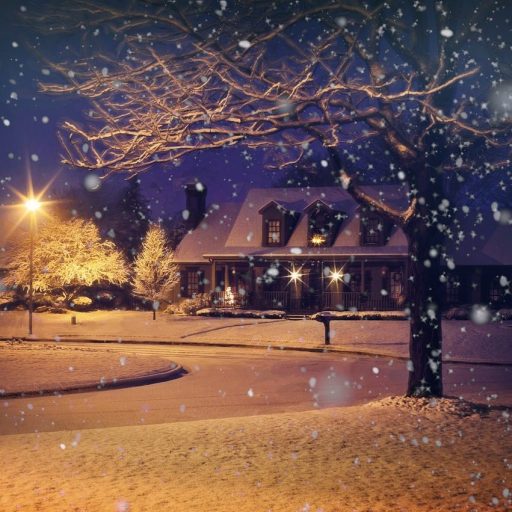
Three Links 11/1/19
Loleta Abi
Writing:
1. https://www.helpingwritersbecomeauthors.com/how-to-know-which-parts-of-your-story-readers-will-like-best-it-isnt-always-what-you-think/ “You want readers to like your story. You want to give them something to love on every single page. But it’s so much easier said than done. How can you know—really know—which parts of your story readers will like and which will have them yawning and skipping ahead?” She writes such good guides!
2. https://www.booksandsuch.com/blog/knowing-your-reader/ “Several years ago, I taught a workshop on the importance of knowing your reader. The attendees were multi-book published authors. So I posed this question to a few, random writers in the audience to answer aloud: Who is your reader?
A novelist was clearly stymied not only by the question but also why I was asking it. Confusedly, he responded: “People who like my books?”
Um, that would be correct, if a bit vague.” My audience for Loleta Abi will be early frontier, romance readers between the ages of 22 to 30. I know some of the older audiences will enjoy them as well but they say to focus on a certain age group I’ve heard.
3. https://www.janefriedman.com/how-to-reach-out-to-influencers-for-book-promotion/ “An influencer is an individual who has built a reputation for his or her knowledge and expertise on a particular topic and likely uses social media to get that message across. Pat Flynn is a notable influencer in the entrepreneur and podcaster niche, best known for Smart Passive Income. People gravitate toward him because he’s an expert in his field (who happens to have a large following: very important). People listen to influencers’ recommendations because they have credibility. You trust them. Think of some people you follow and trust. Chances are that’s an influencer. Here are some of my favorite influencers in the book world:”
Research & Fun Bits:
1. http://booksbywomen.org/monsters/ “Monsters. We have always been fascinated by them: either to gather macabre evidence to prove their existence, or otherwise to emphatically disprove it. They can be fantastical, supernatural, or far too close to home – monsters who hide in plain sight, who remind us that humanity can often be a thinly-veiled concept.
As a sixth-form leaver, about to enrol as an English student at the University of Lincoln, it was monsters that had captured my literary imagination. I was still yet to read such a wealth of writing styles and eras, but from the limited selection I’d chosen in my teens, I had always been drawn to the Gothic: Dracula had been the first novel I’d devoured in a matter of days. Frankenstein and Wuthering Heights were also favourites.”
2. https://jamigold.com/2019/10/romance-genre-how-can-we-portray-healthy-relationships/ “Here’s one example from the class, a “unit” in both the webinar and my extensive 42-page-long ebook-style handout. (You think my blog posts are epic? They’re nothing compared to the handouts I create. *snicker*) For a whole unit, I dug into Michael Hauge’s concept of our characters’ internal/emotional journey from their Identities to their Essences.”
3. https://writershelpingwriters.net/2019/10/where-do-character-strengths-come-from/ “In all likelihood, the reason you love that character is because he or she embodies a trait that you value: Atticus Finch’s bravery, George Bailey’s selflessness, James Bond’s charisma.
It’s not surprising that these icons consistently land at the top of AFI’s Top 100 Heroes and Villains list. While flaws play a part in eliciting reader empathy, it is a character’s ability to overcome his weakness that inspires the audience.”
Some Things More Serious:
1. https://lithub.com/american-gothic-the-woman-who-escaped-the-asylum/ “America loves a story about capture and escape, especially, but not always, when it involves white women. Beginning with Mary Rowlandson’s bestselling tale of suffering and release from the Wampanoag Indians in the late 1600s, the captivity narrative has held our attention. Asylums provided a tantalizing setting. They were isolated, enclosed, and ruled by tyrants. From Elizabeth Stone’s 1841 tale of persecution at the McLean Asylum through Clarissa Lathrop’s account of the “secret institution” in 1890, asylums proved enduring locales for confinement and arenas for moral redemption. The most influential of these narratives, Elizabeth Packard’s chronicle of her stay at the Jacksonville State Hospital for the Insane, inspired changes in state laws in favor of women’s rights.”
2. https://killzoneblog.com/2019/10/true-crime-thursday-halloween-phobias.html
3. https://beckiesmentalmess.blog/2019/10/31/%f0%9f%8d%8e-october-31-2019-quotes-and-food-for-thought/
Teaser Fiction & Poetry:
1. https://charmedchaos.com/2019/10/30/troiku-fireflies-2/
2. https://phillipknightscott.com/2019/10/30/spiders-are-fine-theyre-fine/
3. https://somethingferal.wordpress.com/2019/10/31/unseen-notions/
Book Reviews, Cover Reveals, & Author Interviews:
1. https://awriterofhistory.com/2019/10/31/the-chocolate-ladys-book-review-blog/
2. https://mariacatalinaegan.com/2019/10/31/p-i-i-love-you-miss-demeanor-p-i-by-joanne-jaytanie/
3. https://www.thisishorror.co.uk/book-review-grind-your-bones-to-dust-by-nicholas-day/

Leave a comment